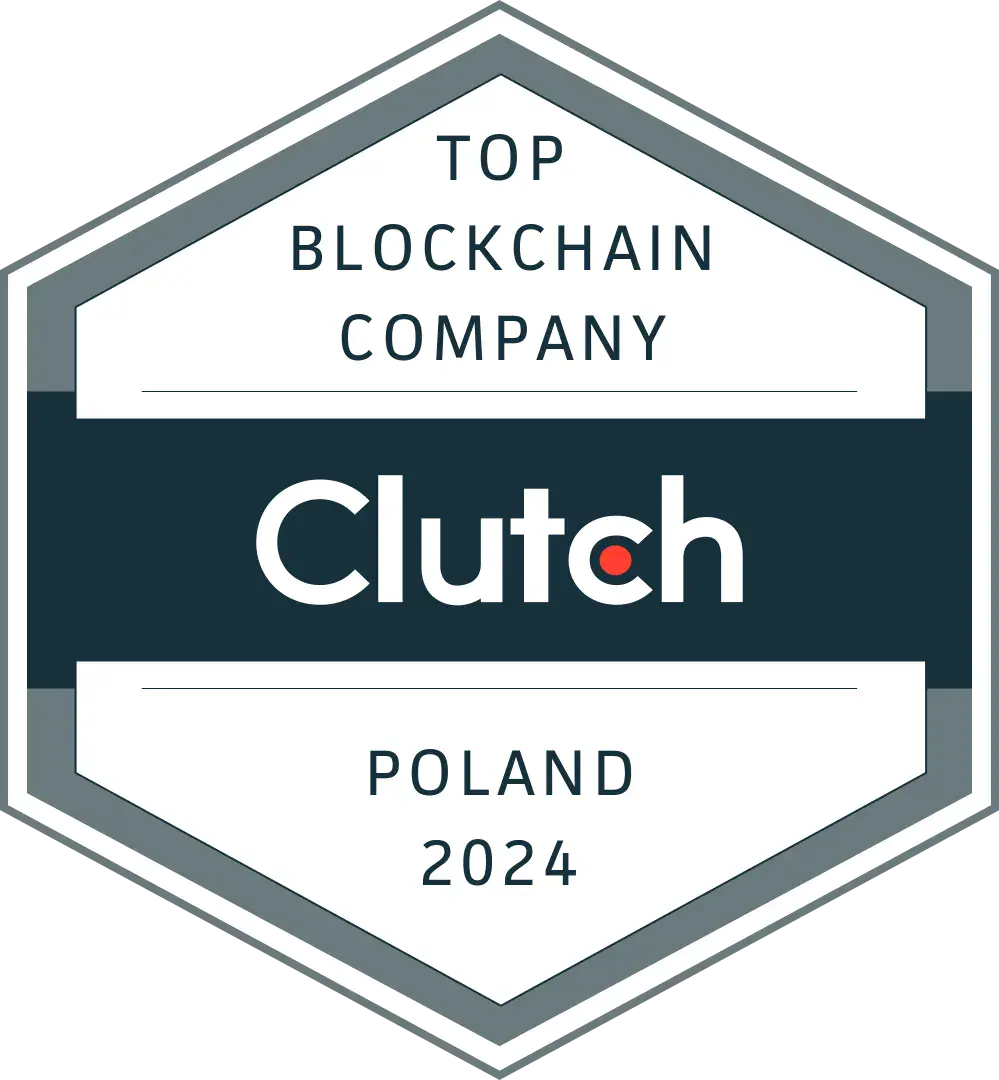Why is Solana Better for DeFi Product Development?
Thu, Apr 22, 2021 •12 min read
Category: Code Stories / Blockchain / Fintech / AWS / Software development
DeFi applications currently use blockchains like Ethereum, but there’s a change in the air. We’re bound to see more and more projects switching to no-sharding, low-cost and high-speed blockchains. The public blockchains underlying many DeFi apps today can’t process large volumes of data at a scalable speed.
This is an amazing opportunity for new DeFi projects to cross the chasm and deliver a great product that comes with minimal fees.
Solana is one of the blockchain technologies that could be at the center of DeFi soon. Read this article to learn what Solana is and why it’s a better option for developing DeFi products.
What is Solana?
Solana (SOL) is an open-source blockchain that opens the door to fast, secure, and scalable decentralized apps. Currently, Solana supports 65,000 TPS (transactions per second) and 400ms Block Times.
The primary objective of Solana software is to make it possible to scale the transaction proportionally to the network bandwidth. The idea is to match all three requirements of the blockchain: scalability, security and decentralization.
Why is Solana better for DeFi product development?
Lightning fast
Solana supports 65,000 TPS (transactions per second). In test lab conditions it could scale to 111,000 (in May 2020). Solana was designed to scale together with hardware and bandwidth, so its performance will improve together with the industry’s growth.
Cost-effective
Solana’s transaction fee is very small: $0.00001. This is a perfect scenario for DeFi applications that want to keep costs at bay.
Decentralized
Decentralization is the core requirement of blockchain and Solana meets it perfectly. The Solana MainNet currently has 128 independent validators securing the Solana Blockchain Network.
Open source
Anyone can download Solana’s code straight from Solana Lab’s Github and get a node running quickly. The team did a great job at explaining how the technology works in Solana Docs.
Reliable partner
In March 2020, Solana announced its partnership with Chainlink to provide high-speed Oracle data feeds to DeFi apps. The idea is to make Chainlink the Oracle solution for this project but also the standard across all Solana Dapps. That’s how Dapps are going to get secure access to all the inputs and outputs they require, avoiding major pitfalls when deploying self-made Oracles (from delays and extra costs to serious security issues).
Another important partnership is with the stablecoin token bridge Terra. The goal is to build a new high-speed token bridge that streamlines the transfer of Terra stablecoins into the Solana Dapp ecosystem. These tokens are the first stablecoins on the network. Solana aims to open the door to more developers and new applications that may require price-stable payments.
Built on Rust
One of the fastest-growing languages according to Github’s The State of the Octoverse is Rust, the language underlying Solana. Rust helped the team to solve issues around memory safety and thread concurrency. Rust is also used in Facebook’s Libra Project.
Working with Solana & Rust
“Solana makes it possible to write smart contract code in many programming languages. At Rumble Fish, we chose Rust because we like how strict it is when it comes to the compilation time. It’s easier to avoid mistakes in this context,” says Marek Kowalski, CTO and co-founder of Rumble Fish.
There’s a framework emerging today called Anchor. It plays the same role in Solana as Truffle does in Ethereum.
Building a project with Solana
I think Solana is a good choice for building an exchange on the Uniswap protocol. Creating an NFT token is easy; there’s a prebuilt contract that generates all the tokens. NFT tokens on Solana are just tokens with a totalSupply of 1. In this case, the token’s cost is $0.02 per the current price of SOL (the native currency of Solana used for paying the transaction costs). Transaction throughput in Solana looks really good. Note that SOL is very cheap; we could make the system much more visibly integrated with blockchain than nbatopshots.
Wrap up
I hope that this article helped you to understand the potential of Solana on the DeFi scene. This introduction is aimed to show you that it pays to keep a close eye on open-source blockchain projects. Reach out if you’d like to see how we work with Solana and download Anchor to go through the tutorial to experience how Solana works.










